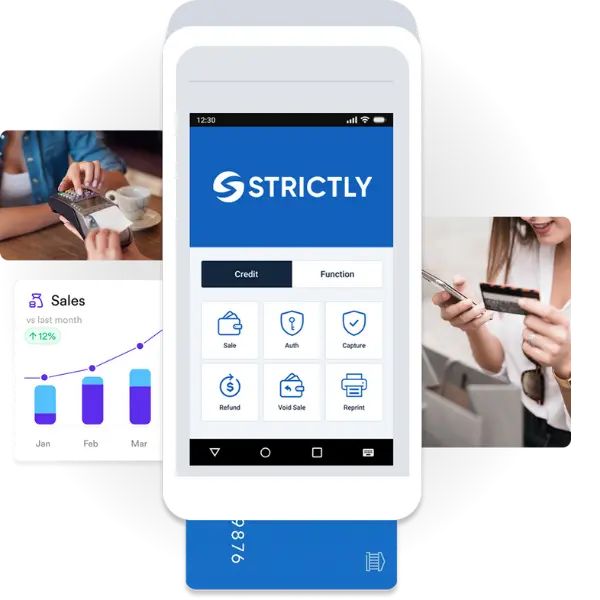
Passing credit card fees to customers—known as surcharging—is becoming an increasingly common strategy for businesses aiming to offset rising payment processing costs. But how this is implemented can vary greatly depending on the size and structure of the business. Whether you’re a small business owner or managing enterprise-level operations, understanding the nuances of surcharging can make a measurable difference to your margins, compliance posture, and customer experience.
This article explores the key differences, common challenges, and best practices for implementing merchant surcharges effectively, at any scale.
Why Surcharging Is Back in the Spotlight
Credit card processing fees typically range between 1.5% to 3.5% per transaction, depending on the card type and processor. According to the Nilson Report, U.S. merchants paid over $160 billion in card fees in 2022 alone; a record high. For many businesses, especially those with thin margins, absorbing those costs is no longer sustainable.
Surcharging gives merchants a way to offset these costs transparently, while remaining aligned with network rules and industry regulations.
Key Differences Between Small Businesses and Enterprises

1. Navigating Compliance Requirements
- Small businesses often lack dedicated teams to track regional compliance updates or card brand policy changes.
- Enterprises, by contrast, have finance or risk departments to ensure programs align with card network standards and industry best practices.
Takeaway: Enterprises can scale surcharge programs faster, but small businesses need automated tools to ensure compliance without added complexity.
2. Technology and Integration Needs
- Small businesses typically rely on standard POS systems or basic gateways, requiring plug-and-play surcharge tools.
- Enterprises need integrated APIs that connect with internal tools, reporting systems, and third-party platforms.
Takeaway: A flexible surcharge platform should match your tech stack—whether you’re solo or managing a multi-region operation.
3. Customer Communication and Experience
- Small businesses tend to communicate surcharges directly at checkout, often in person.
- Enterprises need to operationalize messaging at scale, across digital touchpoints, checkout interfaces, and receipts.
Takeaway: Regardless of company size, the clarity of your surcharge messaging directly impacts customer trust and retention.
Best Practices for Surcharge Implementation at Any Size
Whether you run a boutique store or manage enterprise finance, the fundamentals remain the same:
- Follow network rules for card-specific surcharging
- Display clear surcharge disclosures before payment
- Avoid applying fees to debit cards, in line with network policy
- Use PCI-compliant tools that ensure secure processing
- Monitor customer response and adjust communications accordingly

Enterprise Strategy Spotlight
For larger businesses, surcharging is more than a cost strategy; it’s part of a broader operational optimization effort.
Connected technologies that charge on credit card platforms are integrating features like:
- Smart fee engines based on card type and location
- Advanced compliance logs and reporting
- Customizable checkout logic for branded user experience
A single PCI-compliant surcharge solution can reduce complexity, maintain customer satisfaction, and improve revenue control.
FAQ: Common Questions About Merchant Surcharges
Q: Is surcharging permitted everywhere?
A: Not in all jurisdictions. It’s important to use tools that automatically adjust to location-specific requirements and card brand rules.
Q: Can I apply surcharges to debit card payments?
A: No. Payment networks restrict surcharges to credit card transactions only.
Q: Do I need to notify card networks before implementing?
A: Yes. Some card brands require advance notice, typically 30 days prior to rollout. Your software should handle this process for you.
Schedule a Demo with VANX Software Solutions
At VANX, we help both small businesses and enterprises implement smart, compliant surcharge programs with minimal friction. Our platform adapts to where you operate, ensures you’re aligned with card brand rules, and integrates with your current stack.
If you’re exploring surcharge strategies, let’s talk.
Book a free demo today and see how we help you pass on fees: transparently, efficiently, and confidently.
